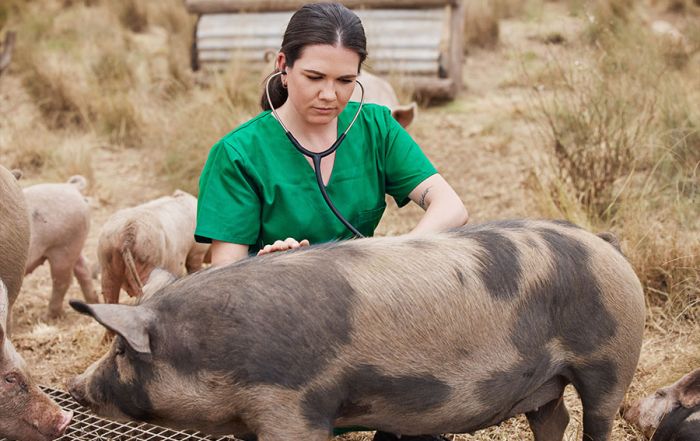The Human Factor and Food Safety
A few weeks ago, we discussed the top five causes of foodborne illness, 1) Improper hot/cold holding temperatures of time and temperature control for safety foods; 2) Improper cooking temperatures of food; 3) Dirty and/or contaminated utensils and equipment; 4) Poor employee health and hygiene; and 5) Food from unsafe sources. As I noted, all of these items are not in the direct control of your staff, but most can be. For the second blog this month, I wanted to discuss a bit more about the human factor in our food safety programs.
Whenever you walk into any foodservice operation as a customer, you will often see the obligatory wall of food safety certification certificates, assuring customers of the commitment the managers and employees have to food safety. All too often I fear that for some operations, that is as far as the food safety culture goes.
The reality is that all 50 states have some sort of food safety certification requirements in force. But as we have read in study after study, there is a low correlation between food safety knowledge and actual practice. In other words, even though employee knowledge has improved after attending a food safety class, their behaviors do not.
Now, please don’t misinterpret the point I am trying to convey – even though there is a low correlation between knowledge and behavior, food safety training is still very important. In fact, I would say it is vital. Employees cannot contemplate ever changing behavior if they don’t know what the proper behavior is or how you SHOULD handle food. I would even go so far as saying that rather than only requiring the person in charge to demonstrate knowledge, I would hypothesize that having the majority of production employees able to demonstrate knowledge of food safety would be a positive step in improving the food safety culture in any food service environment. I wish I had a research study to back this hypothesis, but perhaps that is a study we can do in the future. If more people in production truly understand the importance of proper food safety practices, how could it not help?
Invite change, support it and own it. Reinforce positive behaviors and show your employees that you value their input.
For several years, my peers and I have been espousing the importance of the subjective norm in the operation related to food safety. The subjective norm refers to the perceived social pressure we feel in any aspect of our lives to do things a certain way, believe in a certain thing, or even which practices we follow regarding food safety. Many times, our employees attend a training and go back to an operation where the employees are not supportive of the skills or knowledge the trainee has learned. Then, when they try to change behavior and/or practices, they are not supported and often revert back to what has always been done by the employees in the operation.
The only way to improve the norm in our operations is to truly have a food safety culture. A culture where every employee buys into the fact that nothing is so important it cannot be done safely. And that starts with the top down. When an employee attends training and passed a certification exam, celebrate that fact with your employees during their next shift and invite them to implement one thing they have learned from the class, and make sure other employees follow the new rule. It shows support for new and different ideas and reinforces the fact that you sent the employee to training for a reason – to help protect your guests and your business. It also shows other employees that you are not afraid of change and not stuck in doing things the same way in which they have always been done.
Invite change, support it, and own it. Reinforce positive behaviors and show your employees that you value their input. Risk Nothing.
READ MORE POSTS
Understanding Food Contamination in Foodservice Operations
Within this blog, I’ve provided a lot of details about the finer points of food safety [...]
The Antibiotic Debate in Our Food Chain
The discovery of antibiotics in medical science is regarded as one of the most important medical [...]
Exposing the Risks of Raw Milk
When I began my career in the food safety area several years ago, I never dreamed [...]
Navigating the Latest Listeria Outbreak
I am starting to feel like a member of the Bad News Bears, the guy that [...]










